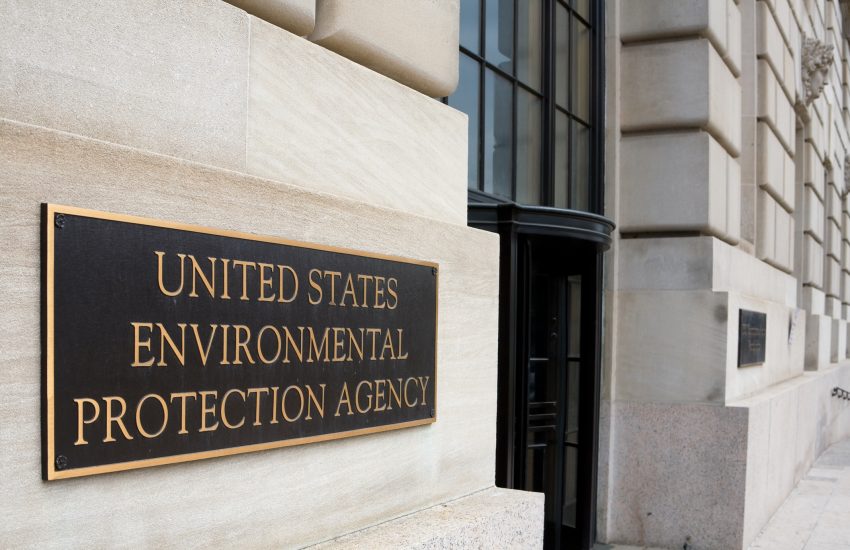California Gov. Gavin Newsom on Jan. 12 issued an executive order in response to the devastating wildfires, suspending environmental reviews required under the California Environmental Quality Act (CEQA) and permitting requirements under the California Coastal Act.
CEQA requires for any “public project” — defined broadly as an action requiring a “public agency’s discretionary funding or approval that has the potential to either (1) cause a direct physical change in the environment or (2) cause a reasonably foreseeable indirect physical change in the environment” — that …
Continue Reading








